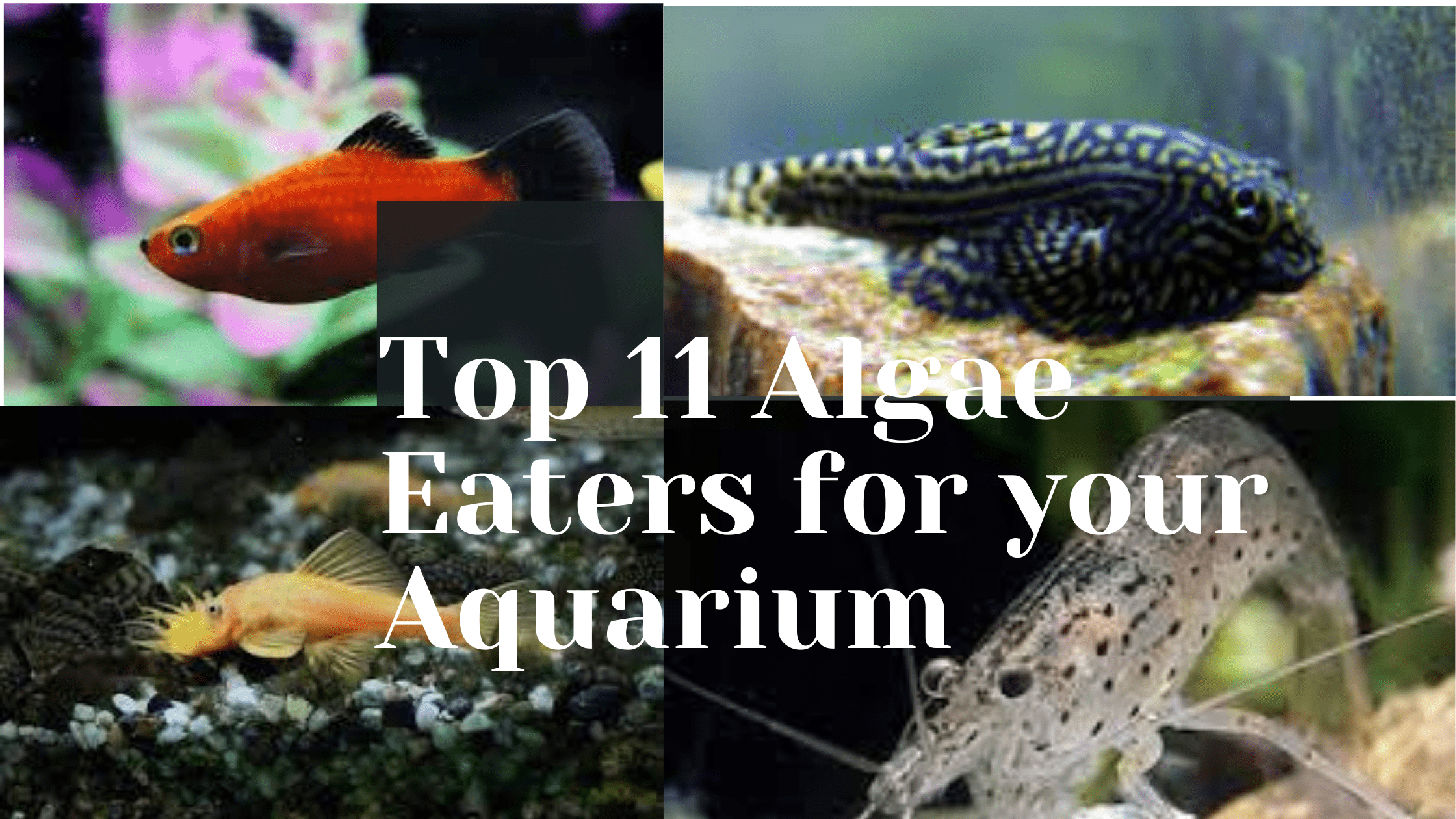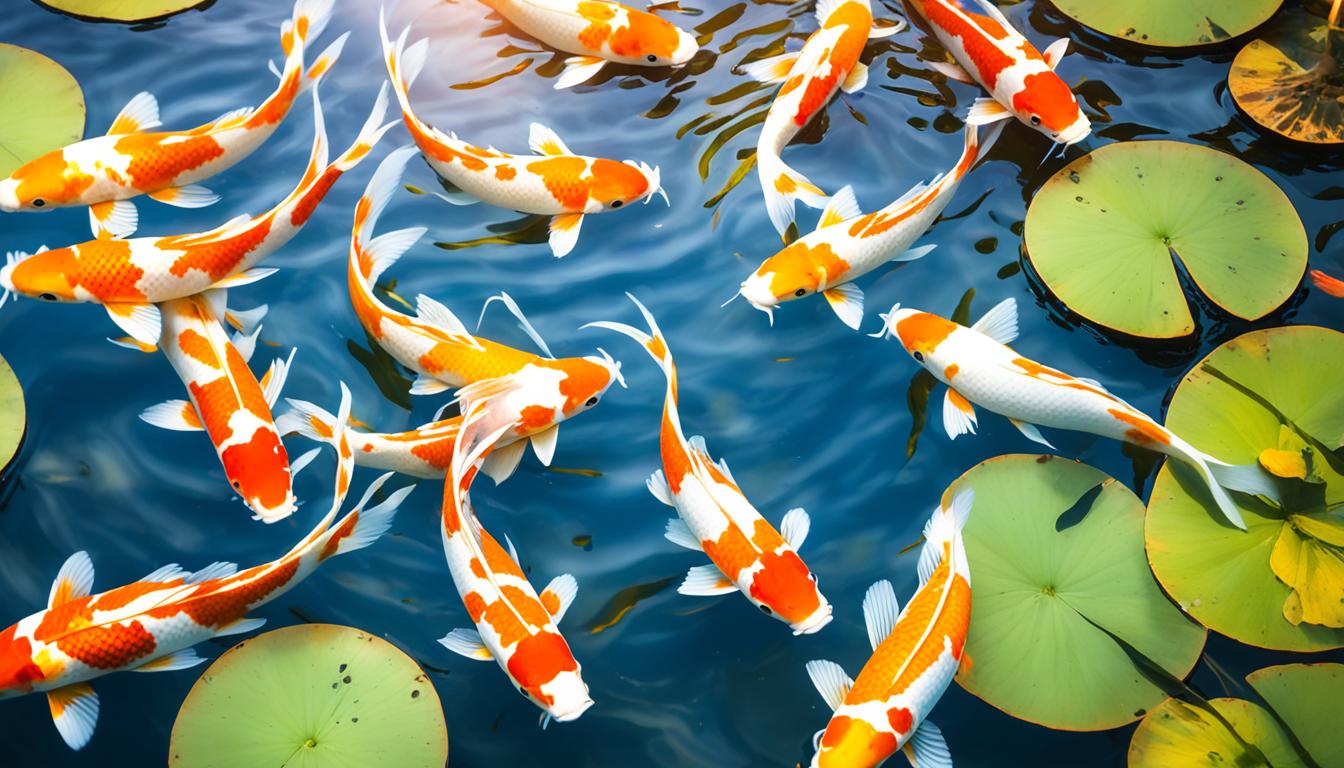Table of Contents
Introduction
Algae plays a important part in the maintenance and upkeep of the tank.
There’s no algae-free aquarium, it is only visible when it really starts growing out of control.
It is always important to introduce the algae eaters at the very early stage ( 2 weeks) once tank is setup. This will help us to control from an early stage.
What is an algae eater?
Algae eaters like to eat algae in large amounts as it is their primary source of food instead of the normal fish food, they also like to eat the tiny microorganisms in the algae.
They can actually keep an aquarium clean, if there is enough of them.
Why do you need them?
Well, as said above there’s no algae-free aquarium, and there’s no way you’re goanna clean your tank every single day, to remove all the small bits of algae. And also, they don’t just eat algae.
They’re goanna eat all the excess food you give to your regular fish, and just fall down on the ground, they’re goanna get rid of that and also they scavenge on dead fish as well.
When do we use algae eaters?
During the fully life cycle of your aquarium. It’s really important to have them all the way,but it’s also really important to introduce them to your tank at the right moment, it is recommended to introduce them after two weeks of your tank setup. Two weeks is enough for the initial cycling your tank, so there’s no more Ammonia and Nitrates in your water, but after two weeks you notice the first signs of algae in your planted tank.
Just because your introduce algae eaters doesn’t mean the entire algae will be gone and there is no regular maintenance is required after that, please continue with your normal routine change at least 15% to 20% of water every week.
Do you need to feed them?
If you have any algae in your tank, don’t feed them, otherwise they’re goanna get used to the food, which obviously tastes much better than algae. But if you let them have the algae, not having any other food, they’re goanna perfectly remove it all the time.
If you see that there’s not enough algae in the tank for them, please feed them either normal fish food or algae wafers. You can also give cucumber, put in hot water for 15 mins and then wait for it cool down and then give it to the algae eaters, lot of them like Plecos, shrimps and others like this as source of food. Feed them only once to two times in a week if there is no enough algae.
What kinds of Algae eater is recommended?
Amano shrimp.
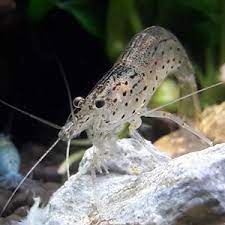
That’s the most diversified algae eater in my opinion.
They eat a lot of different kinds of Algae. If you have a lot of them, they can keep a tank clean almost without any other help. I usually recommend one Amano shrimp for every 5 liters of aquarium and it is for any tank of size above 5 Gallons (20 liters). Please don’t following this ratio for less than 5 Gallons as they might struggle in a small aquarium.
When you set up a tank, you usually have Diatoms, that’s very common and they eat a lot of it. They also feed on BBA (Black Brush Algae),Hair Algae’s.
Shrimps tend to jump of the tank when they are newly introduced so you can cover the edges of the tank, this happens since they are not used to the new environment where the water parameters may be different from their farm setup.
You can also keep other shrimps like Cherry (Hard water/ Alkaline) & Crystal Shrimp (Soft water/ Acidic). They are also good algae eaters like Amano shrimp.
Otocinclus
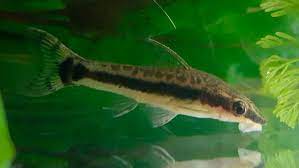
which is a fish, it is small in size and they stick to the side of the glass with their suction cup.
They remain small and they don’t really dig into your soil or disturb your setup.
They eat all kinds of algae’s and are very effective in algae control.
They are very sensitive, so one thing that you only really have to take care of with Otocinclus is a much longer introducing method into your aquarium. It’s really important that you mix the water they come in and the water you have in your aquarium. Then slowly introduce them to the tank once the fish is acclimatised.
Once you introduce them to the tank you can see that they immediately start working and eating the algae.
Clithon (Horned Nerite) snails
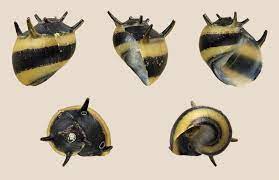
They’re quite small and you need a lot of them, but they keep the tank clean.
They’re very good, but you need one for every 5-10 liters, if you just want them to keep the tank clean, it might be even more.
They are one of those rare algae eaters, that eat BBA, even in huge amounts. So even if you have a full piece of root covered in Black Brush Algae, Clithon snails can get rid of it.
They’re slow at eating algae as well due to its size so they take time to clean up the algae.
They are quite sensitive for Chlorine, you have to be much more careful with using tap water and properly dechlorinating it before putting it in the tank.
You can use Nerite Snails as well but the only problem is that they lay white eggs which covers your entire substrate and glass which doesn’t looks nice.
Siamese Algae Eaters
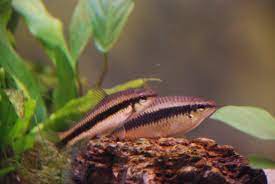
They grow really, really big, over 15 centimeters sometimes, if they have enough room in the tank.
They feed on hair algae in your tank. It is best to introduce the algae eater in small size as they are really good when they are small in size once they are big they also tend to eat less algae and eat more fish food as they have a higher requirement for protein to grow.
Black Molly
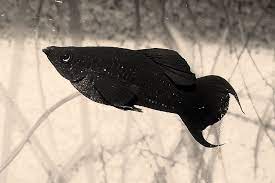
Another very good option for the long hair algae is Black Molly. They are excellent algae eaters and they eat all kinds of algae’s. They are very easy to keep and care but they need higher PH and Hard water to thrive, if it is a soft water they might struggle. They love to be in groups/ schools so you can always keep atleast 4 or 6 of them at a time. They tend to breed very fast as they are live bearers so a good colony of them will be established fast within a short time.
This is one the cheap and best options for getting rid of algae’s.
Stiphodon
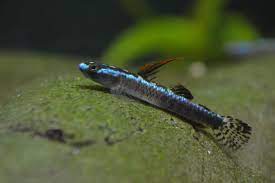
It is not the best choice for algae-eating. They are really nice looking, there are a lot of different colors, there are some reddish ones, blueish ones, But you have to be careful with them, they’re quite territorial, so if you put them in your tank, then you have to make sure that there is enough space for them and they won’t disturb any of your other livestock in your aquarium.
They eat Black Brush Algae.
Plecos
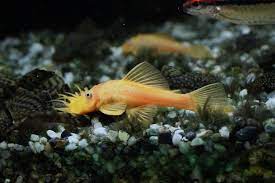
Plecos are good algae eaters but the problem is that they grow big. Compared to the other options Plecos can grow in size and doesn’t look nice in your tank afterwards. When you buy from a aquarium shop they may be small but they grow over time eating algae and left over fish food.
They may also sometimes chew on your plant leaf’s and might make holes in the leaf’s which can cause problems to planted tanks.
Rosy barb
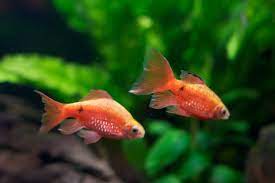
They feed on hair algae but they don’t eat flat algae on the glass surface. They are very easy to care for and they need very less maintenance. They live in all kinds of weather and are a very hardy fish.
Gold fish
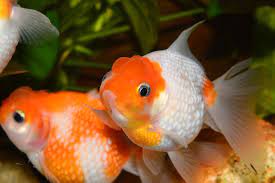
Gold Fishes are good algae eaters, they eat algae present on substrate and Glass. They are generally good to be kept in non-planted tank and if you can keep 1 or 2 of them, they will clean up the algae very quickly.
Platy

They eat hair algae but they don’t eat algae on the glass. Introduce them early in the tank which is 2 weeks after your tank and they tend to quickly eat all the algae and diatoms developing in the newly setup tank. They like to be kept in a group so you can 4 to 6 of them in a tank. They like hardwater so it recommended for them to live healthy.
Hill Stream loach
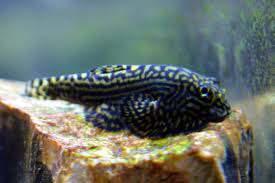
They look like mini sting rays, they eat most of algae’s. They feed on algae on rocks, wood and substrate. They have suction like cup and they tend to stick on glass surface and eat on algae. They like fast flowing water as they are found in fasting flowing streams so ensure adequate tank flow in your aquarium.
Conclusion
Please check the options suggested above and decide what best works for you as some of them depends on water parameters and others may not be available locally for you in your nearest aquarium store. I have almost all of them in my planted aquarium, it works well and they keep a balance in the aquarium and doesn’t let algae out of control.
If you have any questions, please do reach out to me. co*****@*******************le.com
Thanks.
I am a passionate aquarist with over 30 years of hands-on experience in fishkeeping. My journey began at a young age, collecting fish from the wild and learning through experimentation. Specializing in tropical fish, I bring a deep understanding of the hobby to FishKeepingMadeSimple. The site provides honest, detailed reviews of essential products and accessories to help fellow enthusiasts create the best environments for their fish.

